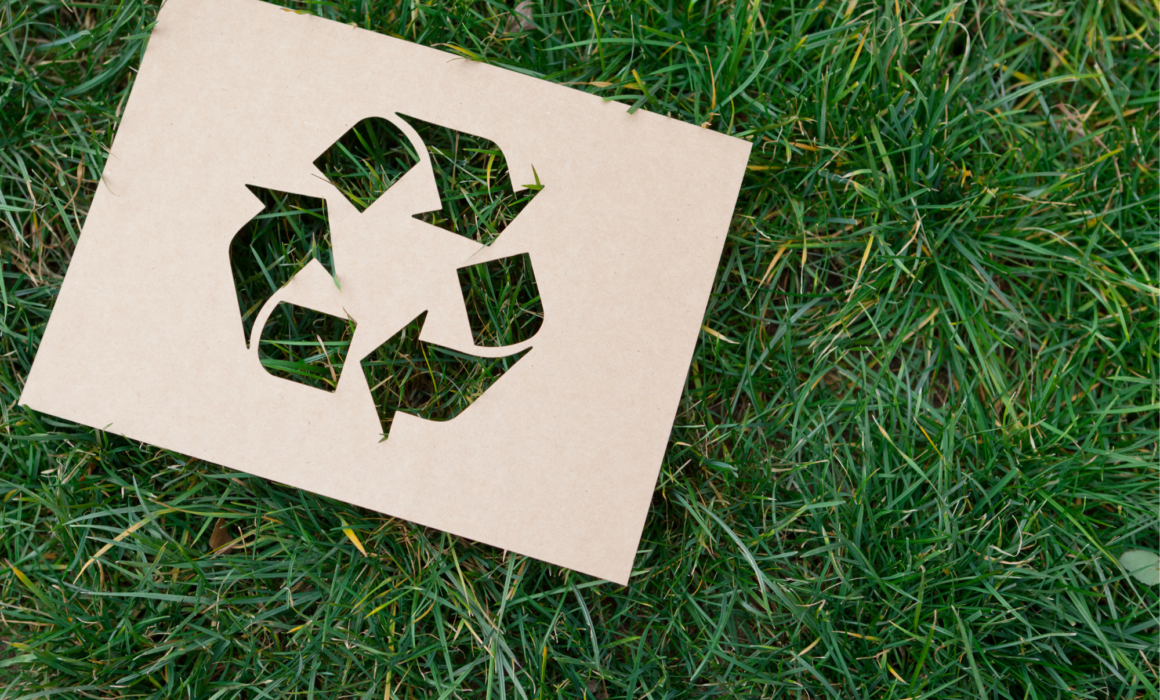The Circular Economy: An Introduction
It has become crystalline to most, if not all peoples, negligible of abode, that pollution has become a substantial degenerative factor to what keeps the modern economy on its feet, natural ecosystems, which is why the establishment of a circular economy is a necessity in the present day. Ironically, nature assists in building up that which ruins its very existence; the current economy. In contemporary terms, we accumulate resources from the Earth, create goods from said extracts, and end up throwing them away as waste. What a circular economy aims to do is to stop waste from even being produced. This concept is based on the principles of terminating the fruits of waste, circulating products, and rekindling the international environment.
Firstly, eliminating waste; after making products from raw materials gathered from the Earth, the materials end up being thrown away as waste. Most of this waste is lost in landfills or incinerators. This concept is blind to longevity, as it disregards the finitude of resources we have access to. In order to resolve this issue, we are to view the idea of waste products as a flaw in product design; many products are made to be disposable and created by media that are incapable of being recycled, reused, or composted. Therefore, by simply shifting the design of products and using environmentally-friendly materials in their creation process, we convert the linear notion of the current economy into a circular one by allowing waste to return to the economy rather than remain highly short-lived. For instance, quite a few companies have begun to create edible kitchen utensils and packages to prevent them from being disposed of once they can no longer be used.
The circular economy, hence its name, additionally revolves around the idea of circulating goods. This suggests the maintenance of a material’s utility, whether as a product or as raw material once its product life cycle is at an end. This can be accomplished via numerous methods, including re-manufacturing product components, breaking down product parts into the raw materials initially used in their creation, and composting biodegradable materials. Take, for instance, computers. All computers end up, at some point, becoming outdated or non-operating, however, this does not mean that all the pieces within it, be it the motherboard, CPU, GPU, RAM, etc.. cannot be restored and used in the creation of a separate device. Furthermore, natural resources like wood and coffee grounds can be broken down into their composted nutrients through composting, which can in turn be used to grow more renewable material or even foodstuffs.
Finally, by using regenerative agricultural practices, we may begin to restore nature to its initial thriving state. Our current form of food production is reliant on synthetic fertilizers, pesticides, and fossil fuels, all of which result in pollution, and therefore waste production. Using methods such as agroforestry (growing trees around other crops), we can create habitat models for wild animals that resemble natural ecosystems in order to increase biodiversity and thus allow said habitat to independently thrive. Transitioning to a circular economy would assist greatly in terminating climate change, and would also make it easier to collect raw materials as less space would be required for the extraction to occur.
-Hadi Almanasef, Intern, Roshan Packages Limited


Pingback: Ethiopian Ambassador Sheds Light on Sustainability – Roshan Packages Limited